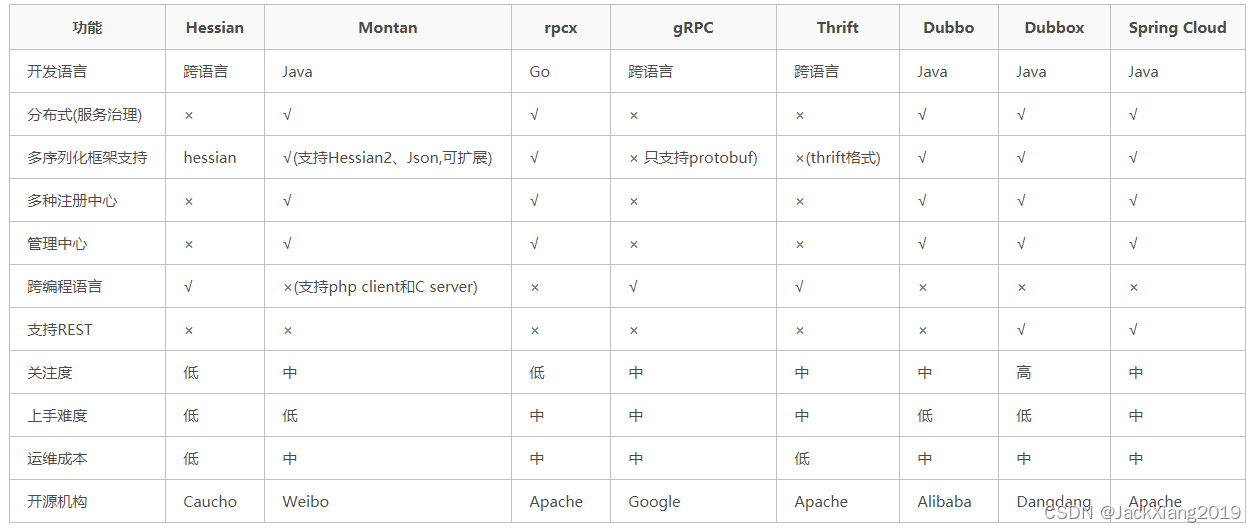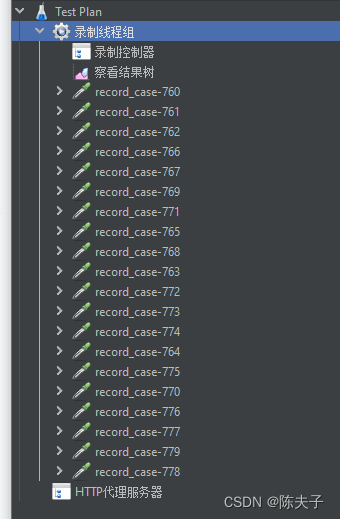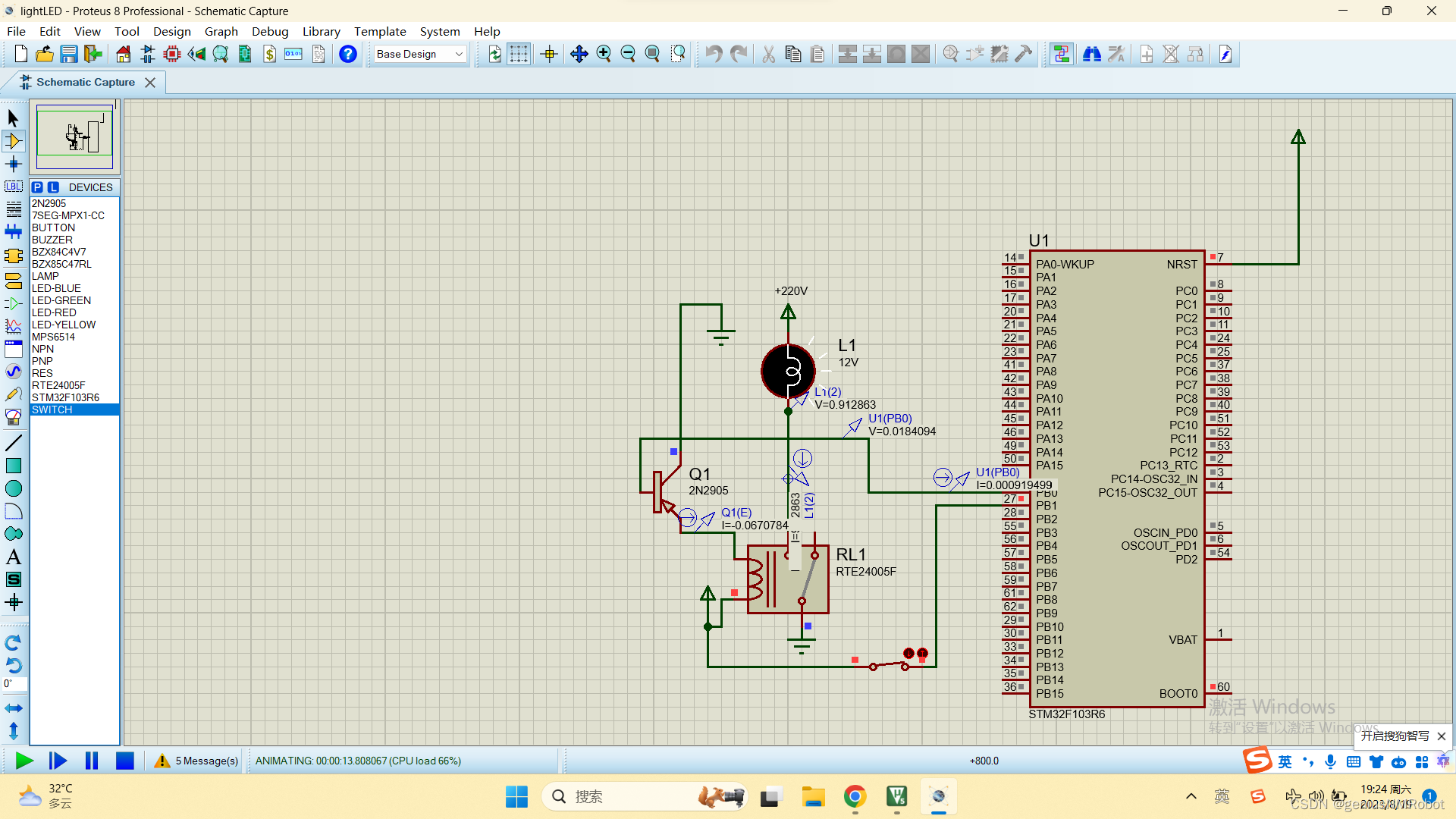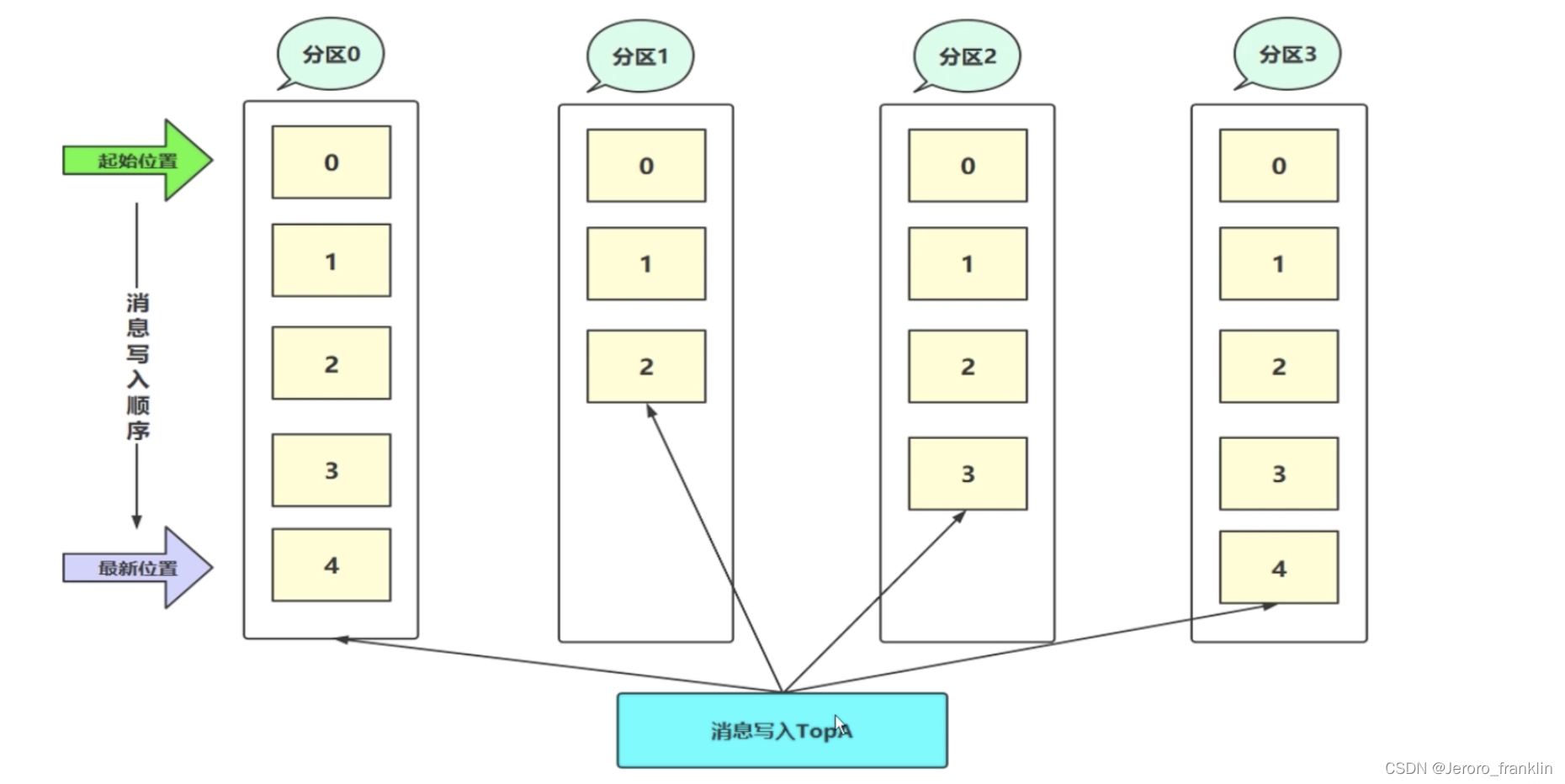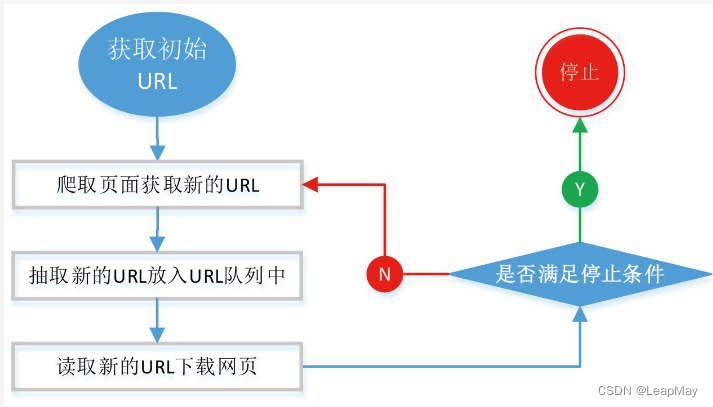分类目录:《深入浅出Pytorch函数》总目录
相关文章:
· 深入浅出Pytorch函数——torch.nn.init.calculate_gain
· 深入浅出Pytorch函数——torch.nn.init.uniform_
· 深入浅出Pytorch函数——torch.nn.init.normal_
· 深入浅出Pytorch函数——torch.nn.init.constant_
· 深入浅出Pytorch函数——torch.nn.init.ones_
· 深入浅出Pytorch函数——torch.nn.init.zeros_
· 深入浅出Pytorch函数——torch.nn.init.eye_
· 深入浅出Pytorch函数——torch.nn.init.dirac_
· 深入浅出Pytorch函数——torch.nn.init.xavier_uniform_
· 深入浅出Pytorch函数——torch.nn.init.xavier_normal_
· 深入浅出Pytorch函数——torch.nn.init.kaiming_uniform_
· 深入浅出Pytorch函数——torch.nn.init.kaiming_normal_
· 深入浅出Pytorch函数——torch.nn.init.trunc_normal_
· 深入浅出Pytorch函数——torch.nn.init.orthogonal_
· 深入浅出Pytorch函数——torch.nn.init.sparse_
torch.nn.init模块中的所有函数都用于初始化神经网络参数,因此它们都在torc.no_grad()模式下运行,autograd不会将其考虑在内。
根据Saxe, A等人在《Exact solutions to the nonlinear dynamics of learning in deep linear neural networks》中描述的方法,用(半)正交矩阵填充输入的张量或变量。输入张量必须至少是2维的,对于更高维度的张量,超出的维度会被展平,视作行等于第一个维度,列等于稀疏矩阵乘积的2维表示,其中非零元素生成自 N ( 0 , std 2 ) N(0, \text{std}^2) N(0,std2)。
语法
torch.nn.init.orthogonal_(tensor, gain=1)
参数
tensor:[Tensor] 一个 N N N维张量torch.Tensor,其中 N ≥ 2 N\geq 2 N≥2- gain:[可选] 比例因子
返回值
一个torch.Tensor且参数tensor也会更新
实例
w = torch.empty(3, 5)
nn.init.orthogonal_(w)
函数实现
def orthogonal_(tensor, gain=1):
r"""Fills the input `Tensor` with a (semi) orthogonal matrix, as
described in `Exact solutions to the nonlinear dynamics of learning in deep
linear neural networks` - Saxe, A. et al. (2013). The input tensor must have
at least 2 dimensions, and for tensors with more than 2 dimensions the
trailing dimensions are flattened.
Args:
tensor: an n-dimensional `torch.Tensor`, where :math:`n \geq 2`
gain: optional scaling factor
Examples:
>>> # xdoctest: +REQUIRES(env:TORCH_DOCTEST_LAPACK)
>>> w = torch.empty(3, 5)
>>> nn.init.orthogonal_(w)
"""
if tensor.ndimension() < 2:
raise ValueError("Only tensors with 2 or more dimensions are supported")
if tensor.numel() == 0:
# no-op
return tensor
rows = tensor.size(0)
cols = tensor.numel() // rows
flattened = tensor.new(rows, cols).normal_(0, 1)
if rows < cols:
flattened.t_()
# Compute the qr factorization
q, r = torch.linalg.qr(flattened)
# Make Q uniform according to https://arxiv.org/pdf/math-ph/0609050.pdf
d = torch.diag(r, 0)
ph = d.sign()
q *= ph
if rows < cols:
q.t_()
with torch.no_grad():
tensor.view_as(q).copy_(q)
tensor.mul_(gain)
return tensor
